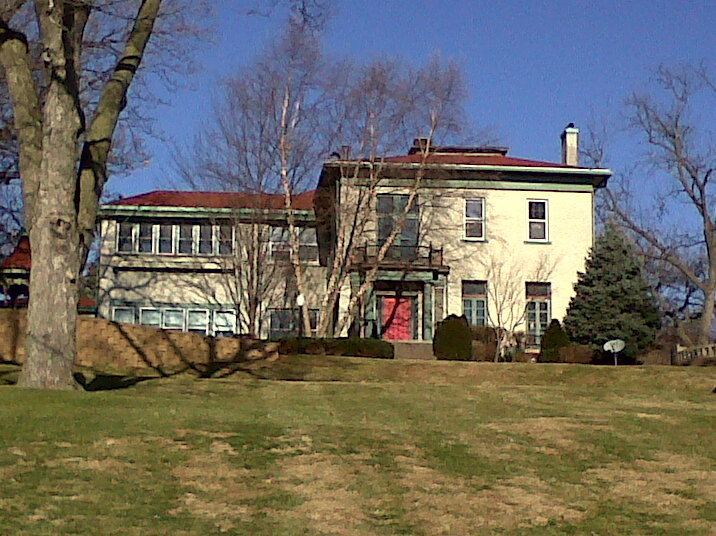Built 1910 NRHP Reference # 84001341 Opened 1910 | MPS Davenport MRA Designated DRHP June 10, 1997 Added to NRHP 27 July 1984 | |
 | ||
Similar Collins House, Hillside, Henry H Smith/JH Murphy H, Prospect Park Historic D, Antoine LeClaire House | ||
The Abner Davison House is one of several mansions that overlook the Mississippi River on the east side of Davenport, Iowa, United States. It has been listed on the National Register of Historic Places since 1984, and on the Davenport Register of Historic Properties since 1997.
Contents
History
Abner Davison was a Davenport attorney who built his house next to that of Ambrose Fulton. The latter house is a part of the Bridge Avenue Historic District. At the time the house was built Davison was a law partner with David S. True. By the 1890s he was in a partnership with Joe R. Lane. In the 1990s the Davison house was the River Oaks Inn Bed and Breakfast. It currently houses Gilda’s Club of the Quad Cities.
Architecture
The house was built in two different phases and it marries two different styles. The original house was built in the Tuscan form of the Italianate style in the late 1850s of early 1860s. This was the popular style employed by Davenport's wealthier citizens for their homes in this era. This section of the house is the cube-shaped structure on the east side. The two-story wing on the west side was added in the early 20th-century. While it shares some features with the original house, such as the hipped roof, its windows are organized in horizontal bands, which are typical of the Prairie School. Both sections are brought together with the stucco exterior. There was possibly a cupola on top of the original house that was removed as were the brackets from under the eaves. The columned porch is the only decorative element that remains.
